Good day, folks! Shawn here from Air Photography. Recently, DJI launched the brand-new Flip, and not too long ago they introduced the DJI Neo. You might be wondering if buying a drone at this time of year is safe for winter and cold-weather flying. The simple answer is yes—you can. All these drones have a minimum temperature rating. According to DJI’s website, both the Flip and the Neo can operate down to -10°C (14°F), so you can indeed fly them in cold conditions.
Now, with that said, flying these drones on a cold day in sub-zero temperatures does require extra precautions. It’s not the same as flying on a warm summer day. In this post, we’ll go over some tips to ensure you have a safe and successful winter flight.
Precipitation
On some days, like today, there’s no snow at all. However, there may be other days when it’s calm and not too windy, but there’s light snowfall. You might wonder if it’s safe to fly your drone in those conditions.
My rule of thumb for flying when it’s snowing is simple: if it’s really cold and the snow is light and dry, I usually fly. There’s typically no issue. If it’s milder and the snow is heavy and wet, I don’t fly. Wet, heavy snow can accumulate on your drone, and when you bring it back you’ll find it saturated. Electronics and water don’t mix very well, so I avoid it under those conditions. Think of it like driving in winter: dry snow just blows past your windshield, but wet snow sticks. The same logic applies to drones.
Ice Buildup on the Drone Props
Ice buildup on the propellers is another potential problem in winter, even if there’s no snow on the ground. If you’re flying in sub-zero temperatures or when the temperature hovers around freezing, there can be moisture in the air that forms ice on the props. It’s very important to bring the drone back regularly to check for ice.
Ice on the props can cause vibration, leading to jello-like footage. It can also weaken the props themselves. Spinning at high RPMs, a damaged or imbalanced prop can break or shatter, potentially causing a crash.

Consider a Landing Pad
With a drone like the Flip or the Neo, you can launch from the palm of your hand. For larger drones like the Mini 4 Pro or the Air 3, you may not want to place them directly on the snow. If you’re uncomfortable with hand launching or hand catching, a landing pad is a cheap investment. It helps protect your drone and allows you to take off and land on snowy or wet surfaces.
Keep Drone Batteries Warm
Keeping your batteries warm is as important as checking for ice. These drone batteries need to be at a warm temperature to function properly. If they’re too cold, they’ll lose power quickly, which can be dangerous.
You can simply keep your batteries in an inside jacket pocket. If you’ll be outdoors for a longer period, electronic hand warmers can be placed in your camera bag. They’re designed to keep your hands warm, but they also help maintain a more stable temperature for your batteries.
Keep Flights Short
On a nice summer day, you might keep your drone in the air for up to 30 minutes, depending on the model. In winter, it’s best to shorten your flights. This lets you bring the drone back more often to check for ice, and also to inspect the lens for any moisture or snow accumulation.
Another strategy I use in cold weather is to avoid flying below 45% battery. In summer, I might go down to 15% or even 10%, but in cold conditions, batteries can drop in voltage very quickly once they’re below 50%. I’ve personally seen it happen, and others have commented on similar experiences. The last thing you want is to be far away and realize your battery doesn’t have enough power left to get back.
Stay Close
In addition to keeping flights short, stay closer to your home point than you normally would. Of course, you should always follow visual line-of-sight rules, but this is even more important in cold weather. If your battery suddenly loses power or if ice builds up, you’ll want the drone within easy reach to bring it back safely.
Fly Drone Slower and Less Aggressively
While these drones can handle cold weather, the rubber dampeners inside the gimbal can stiffen up in extreme cold. This can lead to vibration or jello effects in your footage. By flying slower and avoiding aggressive maneuvers, you’ll reduce stress on the gimbal and get smoother video. It’s not always a problem, but something to keep in mind.

Bonus Tips
If you plan to fly a lot in winter, invest in a good pair of photography gloves. These gloves often have fingertips (thumb and index finger) that fold back, allowing you to operate your controller or touchscreens more easily.
Another tip is to fly from inside your car. Many modern drones have strong transmission systems (like DJI’s O4), which work fine through a windshield. You’ll stay warm, your flight will be more comfortable, and you won’t generally lose signal. Just remember you still need visual line of sight, so fly where you can see the drone through the windshield.
Those are some quick tips for flying the DJI Flip or the DJI Neo on a cold winter day. I hope you found this information helpful. Thanks for watching, and we’ll see you in the next one!
Discover more from DroneXL.co
Subscribe to get the latest posts sent to your email.

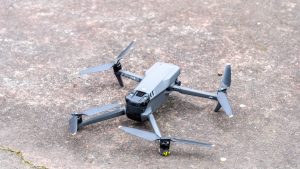
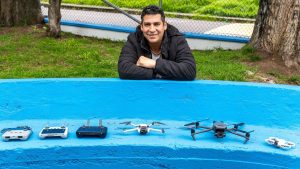

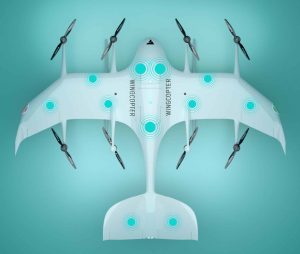
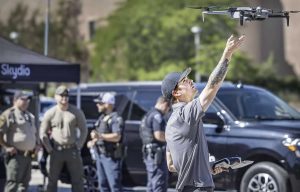
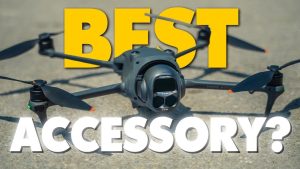
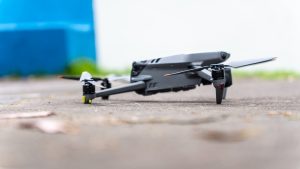
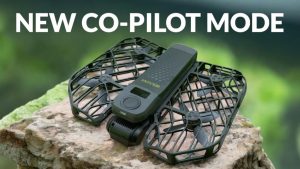
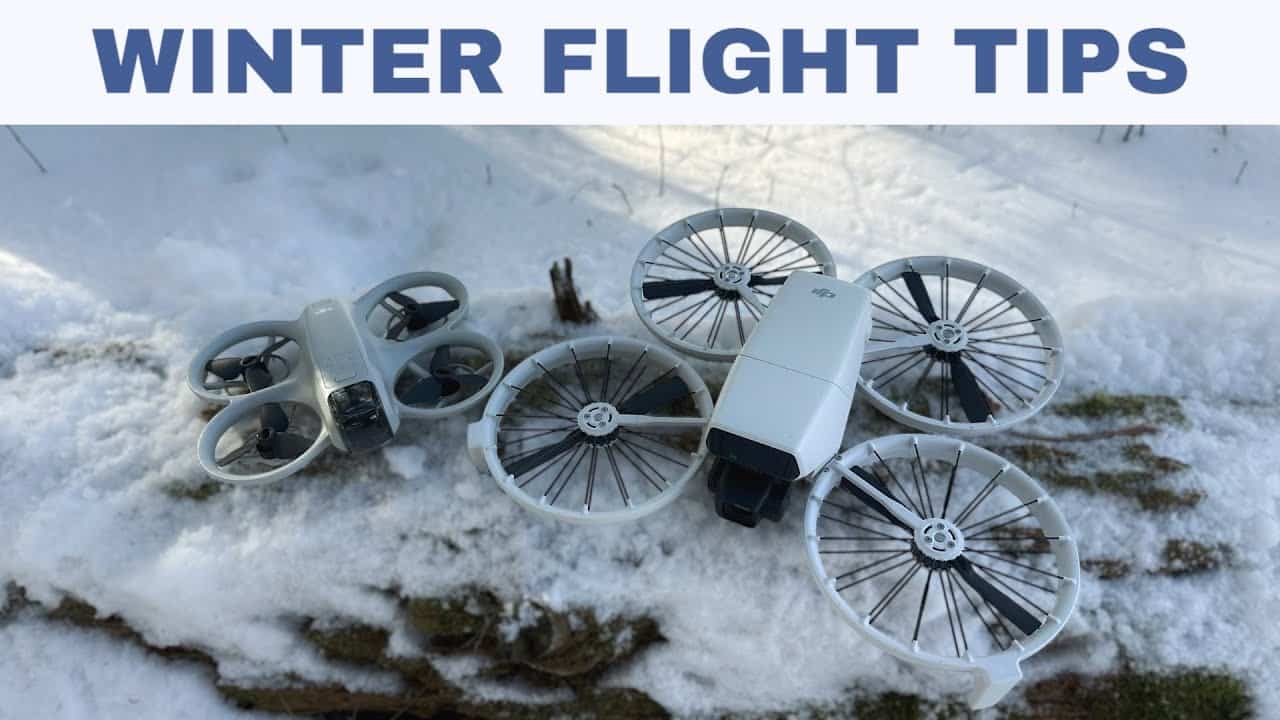


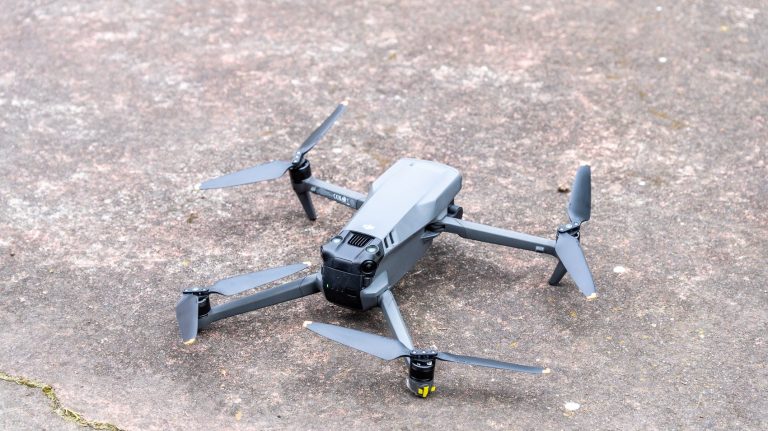
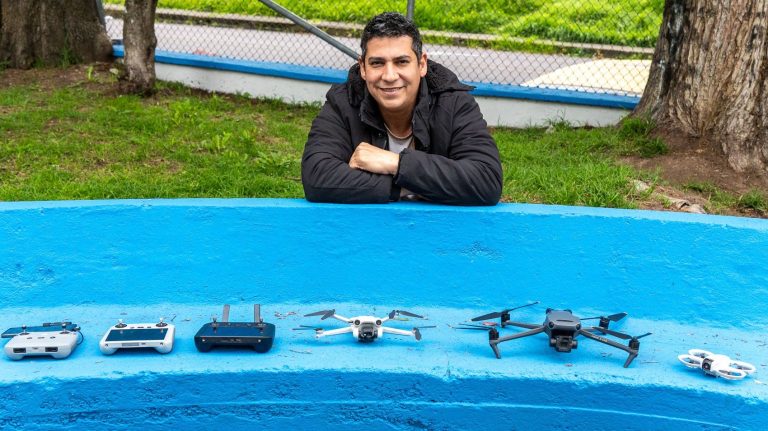



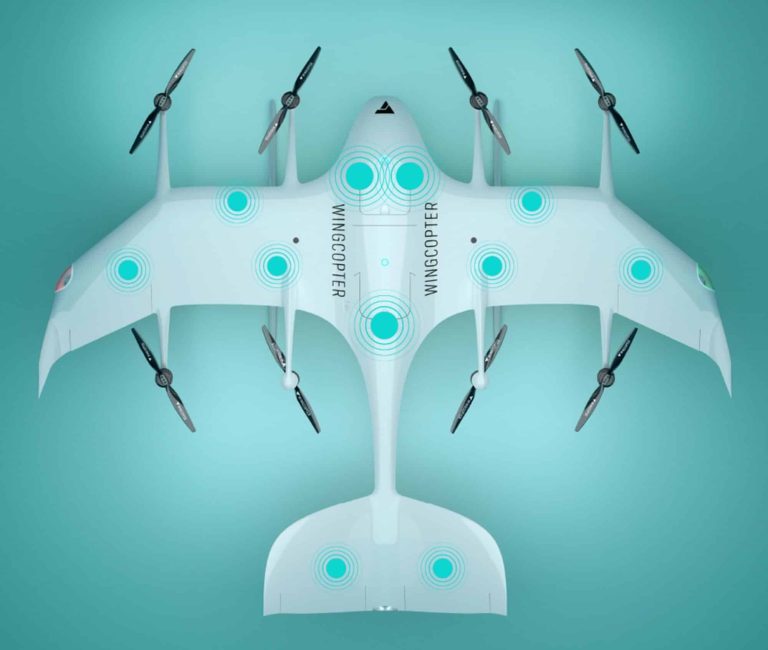
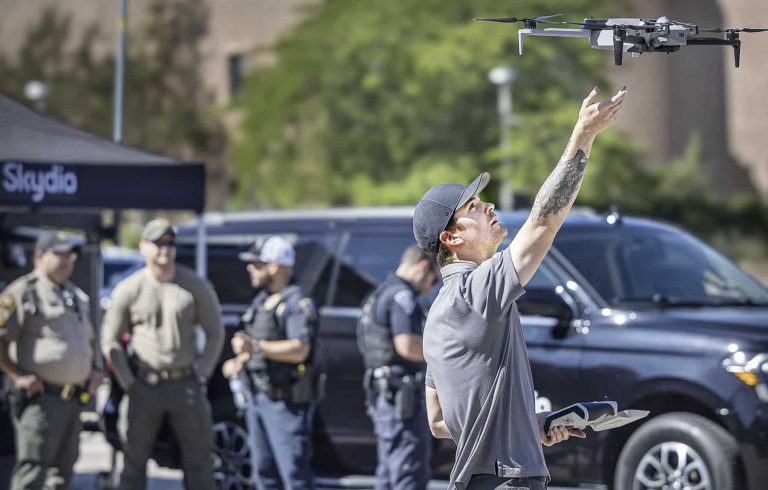
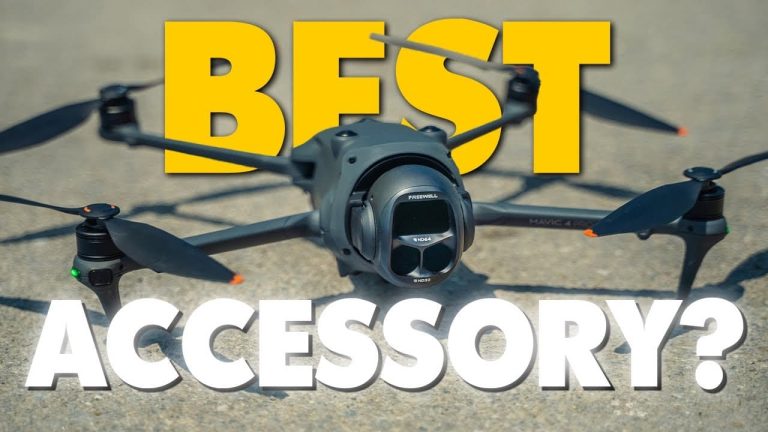
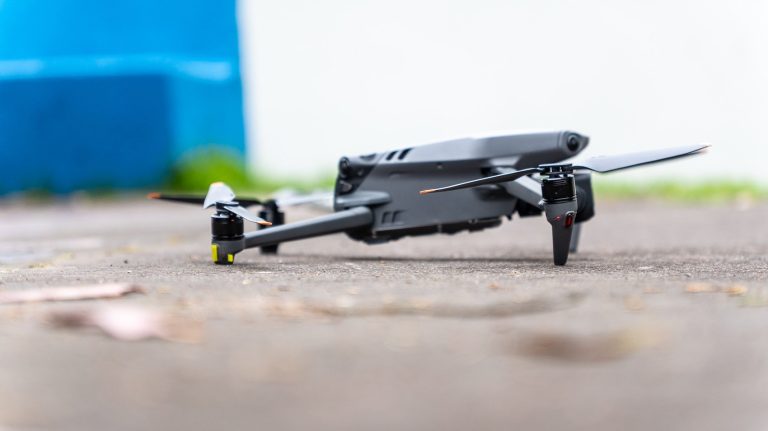
+ There are no comments
Add yours